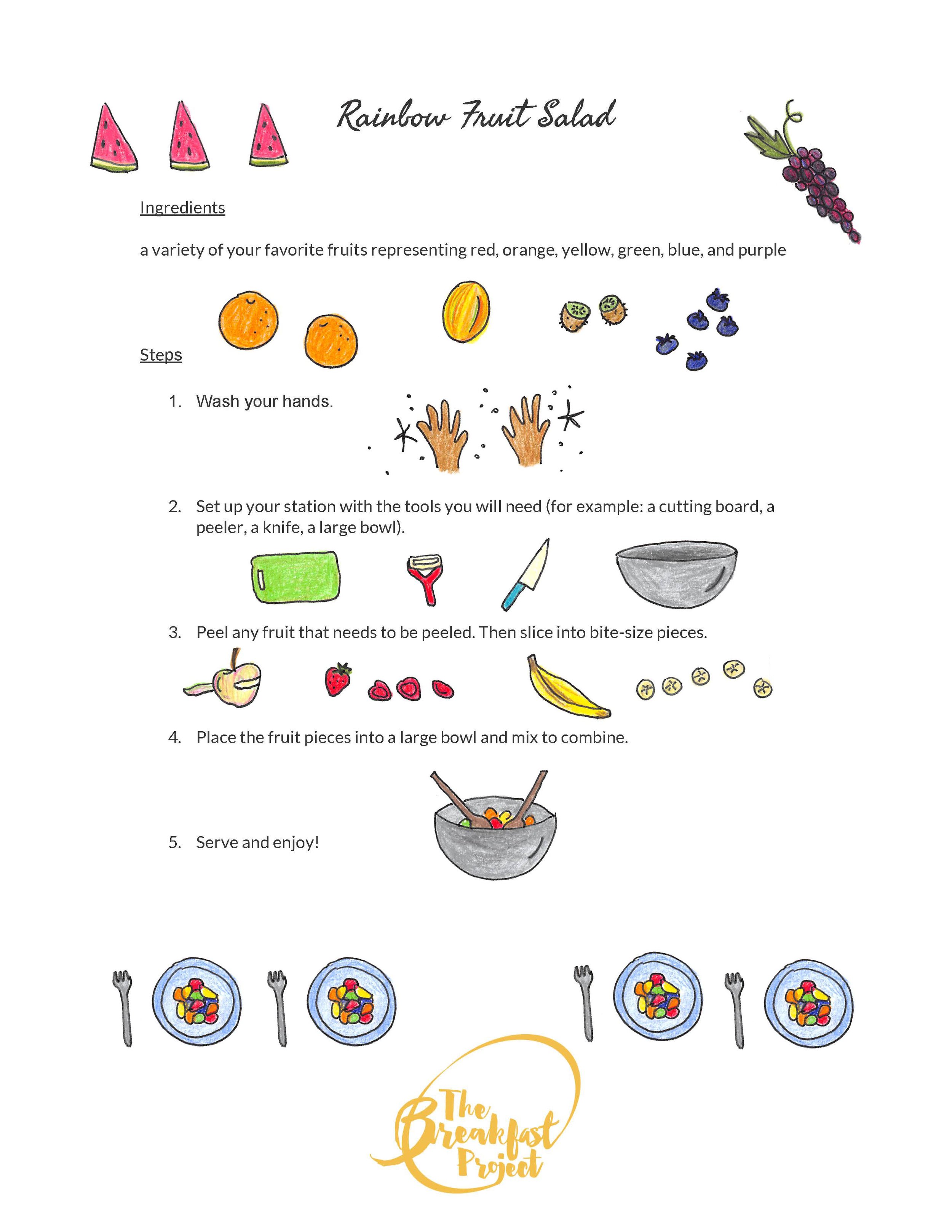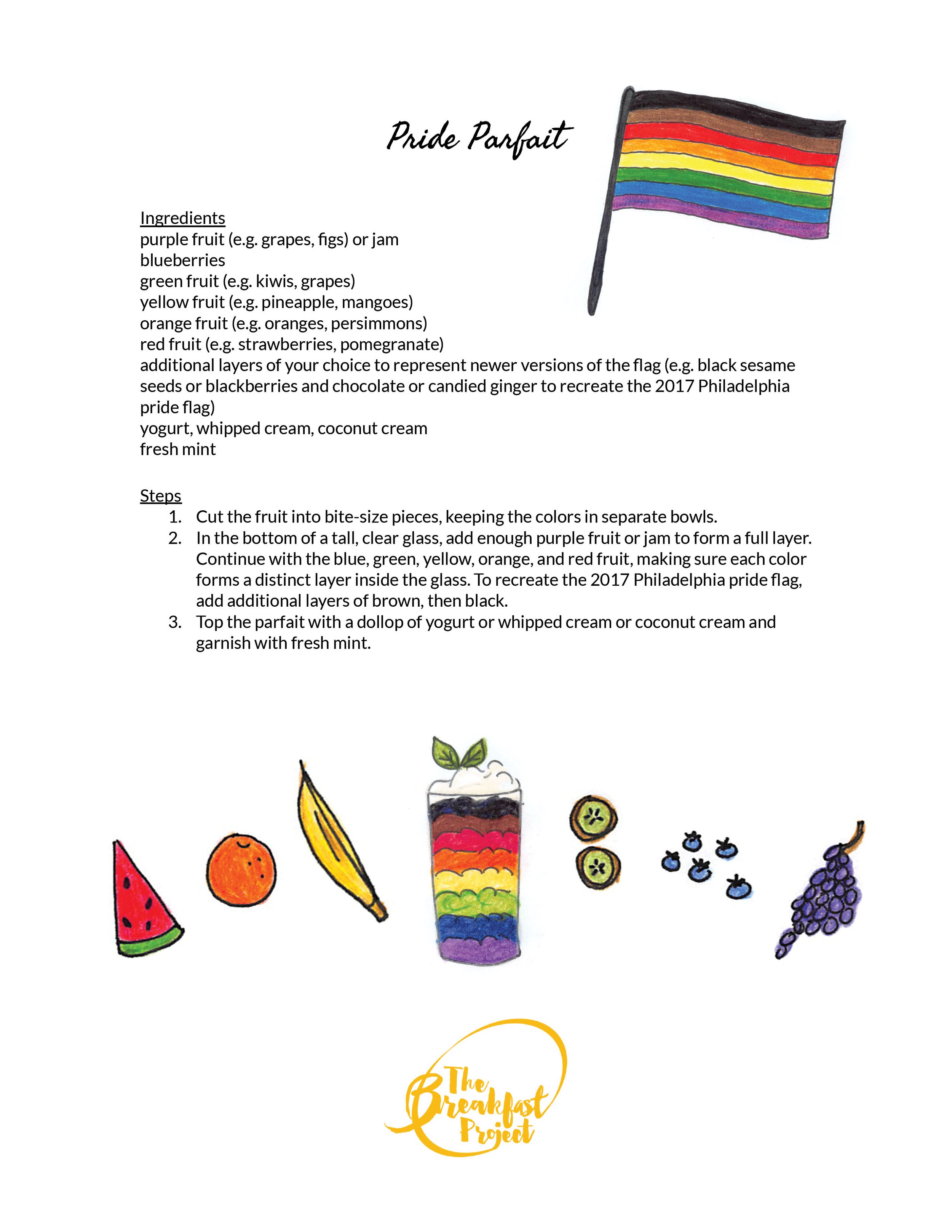The third grade chefs visited Chinatown on a sunny spring day and explored some of the places we learned about during our winter Edible Social Studies unit on the history of San Francisco. We started at the Dragon Gate, the first permanent ceremonial gate installation in the United States. It was designed by three Chinese American architects who won a design competition in the 1960s and features materials gifted to the city by the government of Taiwan. The fish symbolize prosperity and the dragons symbolize power.
We walked past the Sing Chong building on Grant Avenue, an example of the “new Chinatown” local residents rebuilt after the devastating earthquake and fires of 1906. The classical Chinese architectural style was meant to draw tourists to the neighborhood and emphasize Chinatown’s cultural significance at a time when the local government wished to displace Chinese residents.
Each chef got a freshly baked unfolded fortune cookie while waiting in line at the Golden Gate Fortune Cookie Company, where we got to see the cookies coming straight out of the oven and being formed by hand. We took our cookie order with special fortunes inside just for Harvey Milk students to nearby Portsmouth Square, the site where the discovery of gold was first announced and the site of California’s first public school, and to St. Mary’s Square, where we had some time to play at the park before heading back to the Castro.
















































































































































































































































































































































































































































































































